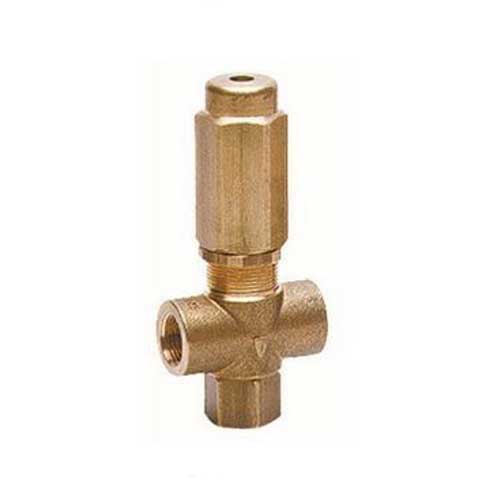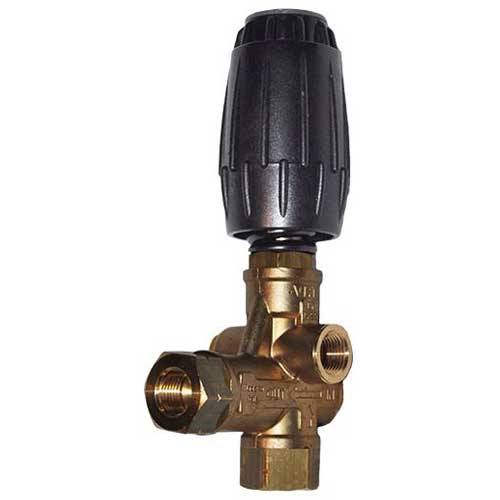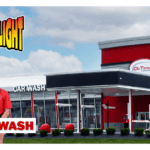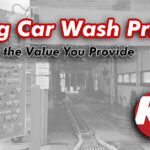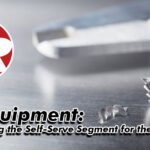Here at Kleen-Rite we get questions regularly about setting up your car wash or pressure wash systems. One of the most common subjects is unloaders and regulators. These devices attach to pumps and fluid systems to help protect and regulate pressure in your system. Let’s take a look at how they work, and which ones are best for your purposes.
How Pressure Regulators Work
Regulators, also sometimes called regulating valves, help to keep water pressure consistent by dynamically changing the valve opening. They do so through the use of a spring that is set for a specific pressure tolerance.
When the PSI on the downstream side of the valve is lesser than on the upstream side, the valve closes the by-pass. This includes when there is no pressure, or even backflow. However, once the downstream device is closed, the valve diverts full pump flow at system pressure through the bypass port.
Regulators are designed for use mainly with pumps, multi-nozzle, and weep systems. This is because these maintain the set system pressure, even when a mix of guns and nozzles are operating differently. As simple devices, these are best used in lower-pressure systems, and where heat is not a massive concern. It is, however, great to use in systems with strong chemical use as it provides greater dosage accuracy and precise application. It’s recommended that 5-10% by-pass is recommended for optimum performance.
How Unloaders Work
Unloaders – sometimes referred to as pressure regulating unloaders or unloader valves – are quite similar to regulators but have some notable differences. At the heart of it, they both help to maintain system pressure without concern for overpressure situations.
These valves are a little more complex than regulators. They decrease pump head pressure to very low PSI values when the valves are closed, which helps to decreases pump wear and energy consumption over time. When the trapped pressure behind the end spray gun or nozzle is greater than the spring force, the piston moves to push fluid to bypass. This keeps the pump head pressure low – once the valve is opened and the trapped pressure is released, pump head pressure returns.
Unloaders, unlike regulators, are designed mainly for use with a single gun or single pump. They are not recommended for use with weep systems. Regulators don’t do well in high-pressure systems where there may be longer bypass times and heat build-up, which is what unloaders are perfect for. Like regulators, you should look for ones with 5-10% by-pass for the best results.
What are the Benefits of Regulators and Unloaders?
The primary benefit of both regulators and unloaders is that they both protect your equipment and systems from overpressure. This helps to prevent damage to pumps, guns, nozzles and more. Buying a single regulator or unloader can prevent damage to multiple pumps or guns, which could get costly. We recommend putting them on every pump and line!
Which One Do I Need?
It might be difficult for you to figure out which method of pressure control you need. So, let’s look at some good rules of thumb!
You should consider using an unloader valve:
- In applications that require high PSI and flow rates
- If you are using a motor with longer bypass times
- In energy-sensitive applications
- When you’re not concerned with precise spray patterns or dosing
On the flip side, you should consider using a regulator valve:
- In misting sprayers, pest control, disinfection sprayers and similar applications that require consistent and precise flow and PSI
- If you are looking for lower maintenance
- When using a DC motor with a shorter bypass time
- If you’re using strong chemicals in your systems
These are some base rules for using a regulator or unloader, but our team here at Kleen-Rite can help you out determining what is the best option for your specific application! Reach out to them today to find out what your best options are, and don’t let your equipment be damaged by pressure spikes and over pressurization!


